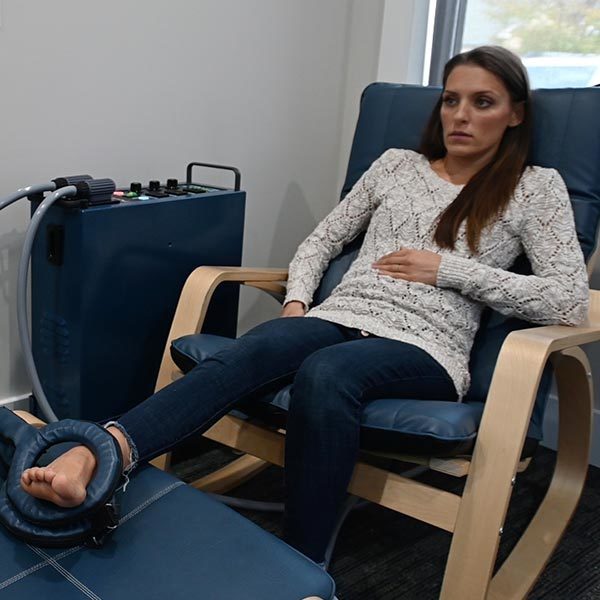
Stress Fractures are a relatively common overuse injury in athletes, caused by repetitive loading on a bone over time. This is often seen in runners and jumping athletes more often than in other sports and is associated with an increased volume or intensity of training workload. This occurs because there is a mismatch of bone strength and chronic mechanical stress placed on the bone.
Normally, submaximal forces do not result in fracture, but with repetitive loading and inadequate time for healing and recovery, stress fractures can potentially occur. It is both a failure of contractile muscle forces and an increased fatigue of supporting structures. Most stress fractures occur in the lower limb due to weight-bearing, and stress fractures overall represent 10-20% off all injuries in sports.
The location of the stress fractures typically depends on the sport and its specific demands. Runners are most commonly affected in the tibia and fibula bones. Track and athletes tend to be affected in the navicular, tibia, and metatarsals. Dancers are mostly affected in the arch of their foot in the metatarsal bones. And the Military is most likely to be affected in the calcaneus (heel bone) and metatarsals.
The most common complaint is pain that gradually worsens with activity that subsides with rest, but here are some other factors that contribute to stress fractures:
- Previous history of stress fractures
- Nutritional deficiencies
- Female athletes
- Volume and frequency of training
- Quality of footwear and equipment
- Low bone mineral density
- High or low BMI
Typically, an X-ray is used to diagnose stress fractures, but a fracture can easily be missed. MRI is the best diagnostic tool and can detect bone marrow edema before a fracture line becomes visible. One of the biggest misconceptions about treating stress fractures is that being told to “just rest” will fix the problem. However, we are missing the bigger picture and are more prone to have this problem recur if we do not get to the true root cause of the problem.
Two things we have done at Strength & Spine Chiropractic which has completely changed the game are utilizing Shockwave therapy and PEMF (Pulsed Electromagnetic Field) therapy. Shockwave therapy can increase microcirculation, increase cell metabolism, stimulate growth factors and stem cells, and decrease pain symptoms.This can disrupt chronic inflammation and promote healing to the affected injury.
Then we can utilize PEMF therapy (shown in blog picture), which slows or stops the release of pain and inflammatory mediators, increases blood flow, and reestablishes normal cell interaction by inducing a low-intensity pulse into damaged cells. PEMF stimulates and restores the electrochemical gradient, the cell starts pumping sodium out, potassium enters the cell, the swelling resolves, oxygen starts flowing back in, and pain improves. The PEMF unit is also used as a bone stimulant, which can heal non-union fractures, as well as decrease joint and muscle pain.
It’s rare to find a clinician who can diagnose, refer for imaging, treat with world-class modalities, help you stretch and strengthen the correct areas, educate you on risk factors and hurdles to return to sport, as well as prevent chances of re-exacerbation. Book an appointment with us if you have a stress fracture or are tired of limiting what you can do with one!
.jpg)
.jpg)
